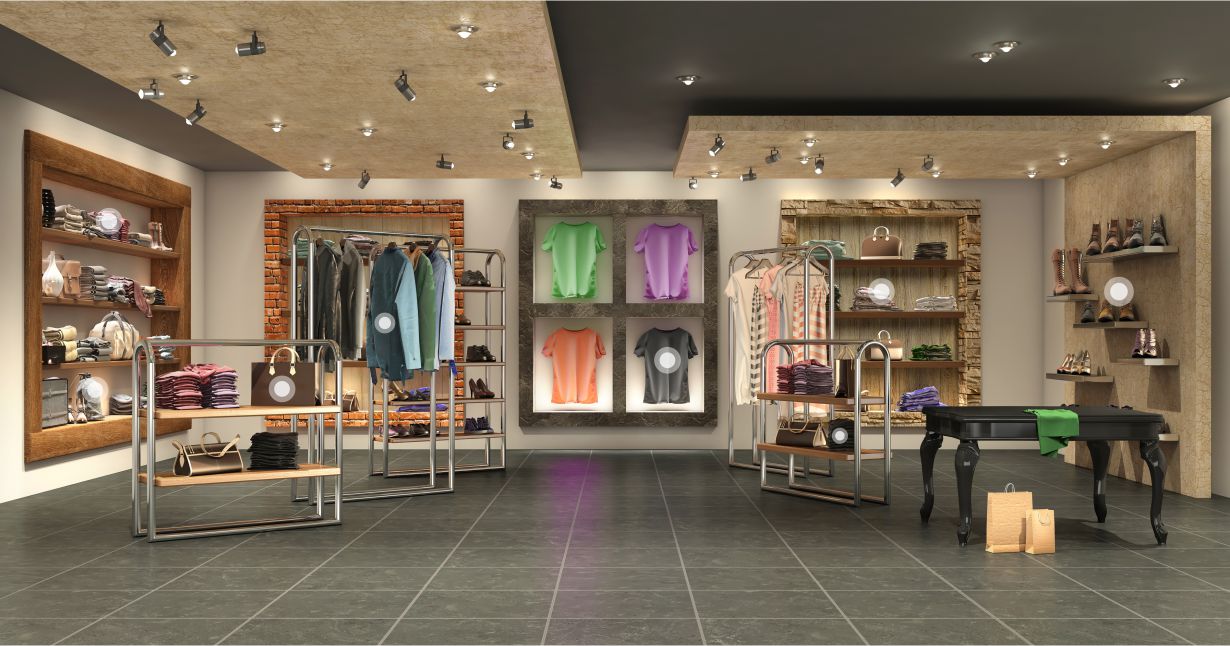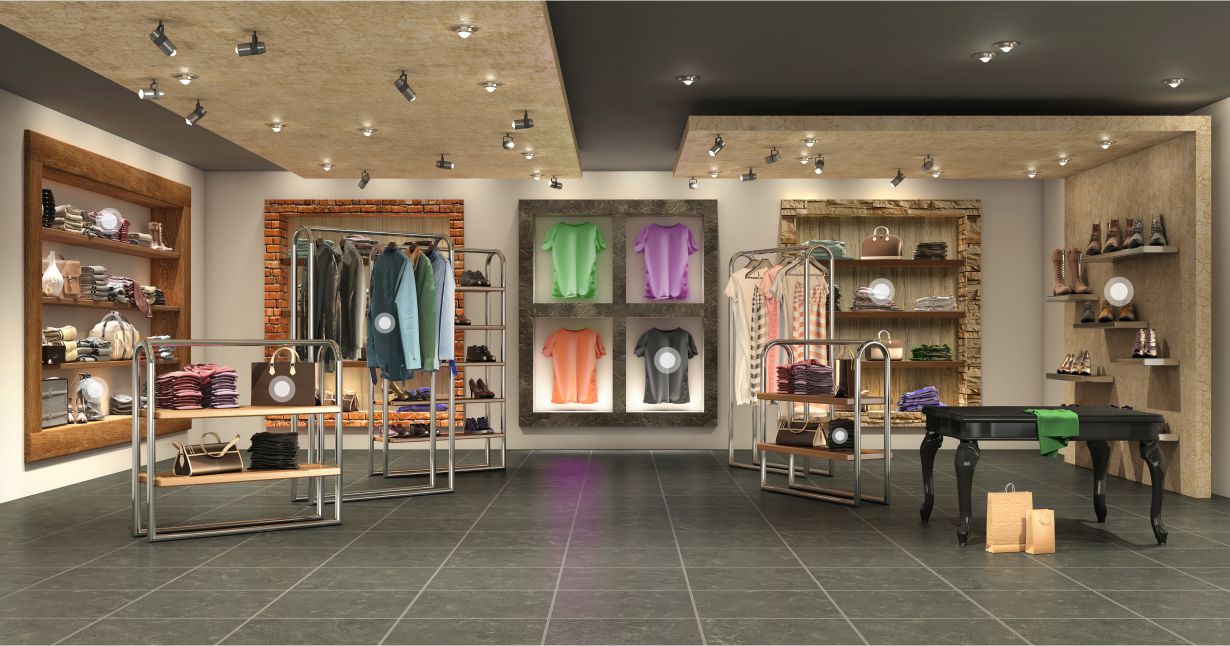The retail industry is transforming at an unprecedented pace. Traditional strategies are no longer sufficient to attract tech-savvy consumers; you need something more than that. Among the most demanding and revolutionary technologies that are reshaping this retail landscape are virtual showrooms.
It’s a dynamic solution that combines convenience, immersion, and technology. As retail customer experience trends evolve, brands must adapt to the rising customer expectations for interactive and personalized shopping journeys.
Virtual showrooms blur the line between the physical and digital worlds and offer a solution that users want in their retail experience.
Therefore, this blog will enlighten you about the need for a virtual showroom in retail, how it functions, and the value it adds to traditional setups. Along with that, we will also look at complementary retail market trends, emerging technologies in retail and commerce, and actionable steps to launch your own virtual reality showroom.

What is a Virtual Showroom and How it Works?
A virtual showroom refers to the digital replica of the layout and feel of a physical store, but it exists digitally. Powered by technologies like augmented reality retail, 3D visualization, and virtual reality showroom software, these immersive virtual environments allow customers to explore products, interact with displays, and make purchases from the comfort of their devices.
Customers can walk through the entire virtual showroom, zoom into products, and sometimes even try items through AR tools. It simulates the in-store experience while eliminating physical limitations.
These can be integrated with eCommerce platforms so customers can browse through products and buy the desired one from the eCommerce website, hassle-freely.
Know why smart business cards are the best networking partners for realtors.
Top Reasons Why a Virtual Showroom Is a Must for Retail Brands

Smooth Integration with eCommerce Platforms
Modern Virtual showrooms are built for compatibility. They can be integrated directly with eCommerce platforms. This helps in real-time product updates, secure payment gateways, and tracking user behavior.
This fusion creates a unified shopping ecosystem where the customer journey is smooth and uninterrupted. The importance of streamlined online infrastructure cannot be overstated. As retail market trends shift towards omnichannel experiences, virtual reality showrooms become a natural extension of digital storefronts.
Boost Engagement and Conversion
Static product pages are no longer appealing to the user. Consumers demand interaction, visual storytelling, and context. Virtual showrooms deliver all that by creating a gamified shopping experience.
Shoppers spend more time exploring, engage more deeply with the brand, and are more likely to convert. Brands using virtual reality showroom experiences have reported significant increases in conversion rates.
Have a furniture business? Know how a virtual showroom will help your furniture eCommerce website.
This is in line with the latest retail customer experience trends, where emotional connection and immersion are major purchase drivers.


Enhanced Customer Experience
Customers today expect a more personalized, interactive, and instant interaction with products. Augmented reality in commerce empowers them to ‘try before they buy’ whether it’s virtually placing furniture in their home or visualizing how a jacket fits.
Virtual showrooms are at the heart of this transformation and offer a superior retail customer experience that mirrors the in-store touch and feel. With built-in live chat, video tours, and personalized recommendations, they bring human interaction into the digital domain.
Limitless Expansion
A physical store is bound by geographical area, but a virtual showroom is limitless with global accessibility. Whether your customers are in Tokyo, Toronto, California, or Cape Town, they can access the same immersive experience anytime, anywhere.
For brands looking to scale internationally, augmented reality in retail eliminates the need for costly real estate investments while still delivering localized, culturally relevant experiences. This aligns with growing retail market trends favoring digital-first expansion strategies.


Cost-Efficient and Scalable
Setting up and maintaining a physical showroom involves high overhead costs such as rent, utilities, staff salaries, and inventory storage. Virtual reality showrooms, on the other hand, require a one-time development investment with far lower ongoing costs.
They are also scalable. New products can be added digitally without maintaining any logistics at hand. Updates are instant, and seasonal displays can be reimagined at the click of a button. As retail customers experience trends that emphasize agility, virtual platforms offer the ultimate flexibility.
Learn about the purpose, benefits, and application of an online showroom for a business.
Difference Between Virtual Showrooms Vs Traditional Retail
Let’s break down the key differences between the two:
Feature | Virtual Showroom | Traditional Retail |
Accessibility | 24/7 and global | Limited to the store hours and locations |
Customer Experience | Interactive, immersive, and personal | In-person, but static |
Cost | Lower maintenance and overhead | Higher operational costs |
Engagement | Higher engagement with AR/VR features | Limited in-store interactivity |
Scalability | Quick and Swift | Requires Physical Expansion |
While traditional retail still has its own place, especially tactile product experiences, the scalability and immersive potential of virtual showrooms make them far more viable in the digital age. Adding the appeal of augmented reality in commerce, it’s clear where the future is heading.
Other Digital Trends You Must Follow
As you embrace virtual showroom, it’s crucial to stay in step with other retail market trends, and technologies that complement them:
Augmented Reality Retail: Such as virtual try-ons, 3D product configurator, etc., where AR is the core part of the digital retail mix.
AI-Powered Personalization: A machine learning algorithm suggests products, layouts, and promotions customized to individual shopper profiles.
Voice Commerce: Integration with smart assistants allows users to navigate virtual reality showrooms hand-free.
Live Commerce: Blend video streaming with product highlights to boost engagement.
Sustainability-Driven Interfaces: Eco-conscious consumers are attracted to virtual experiences that reduce physical waste and carbon footprint.
The constructive collaboration of these technologies improves retail customer experience trends that keep brands future-ready and relevant.
How to Launch a Virtual Retail Experience
Now you know what virtual showroom brings to your store, it’s time to understand how to launch one in your store:
Step 1: Define Your Objectives
What will be the purpose of the virtual showroom, will you be aiming at increasing reach, boosting engagement, or improving conversions? Set up clear objectives to help you shape your virtual strategy.
Know the top benefits that a virtual showroom offers.
Step 2: Choose the Right Technology Stack
Select a platform that supports augmented reality in commerce, responsive design, and eCommerce integration. Consider tools like Matterport, Emersya, iAugment, or customer 3D engine development.
Step 3: Design the Experience
Work with UI/UX designers to create an intuitive and visually compelling virtual reality showroom layout. Factor in brand storytelling, navigation, and immersive features within the digital showroom.
Step 4: Integrate eCommerce and Analytics
Ensure your virtual space connects seamlessly with your inventory management, CRM, and payment systems. Use analytics to track user behavior and optimize in real-time.
Step 5: Market the Showroom
Perform social media and email campaigns and partner with influencers to draw visitors. Emphasize the immersive, interactive elements to spark curiosity among the potential audience.
Step 6: Gather Feedback and Optimize
User feedback is gold. Use it to refine the experience, add features, and improve usability. The best virtual showrooms are always evolving.
However, if you can’t get your virtual showroom developed in-house, you can buy it from the market as there are hundreds of them available on the internet such as iAugment—Digital Showroom.
Conclusion
It’s clear that virtual showrooms are no longer a futuristic novelty; they are a competitive necessity. They offer unmatched benefits such as global accessibility, reduced costs, elevated customer experience, and seamless integration with today’s digital retail infrastructure.
With the rise of augmented reality in commerce and changing retail customer experience trends, brands that embrace virtual reality showroom technology will thrive, while those clinging to outdated models risk irrelevance. The shift is already happening, so don’t get left behind.
Incorporating virtual showrooms into your digital strategy is one of the smartest moves a retail brand can make in 2025. It’s time to bring your store to the screens where your customers live.

